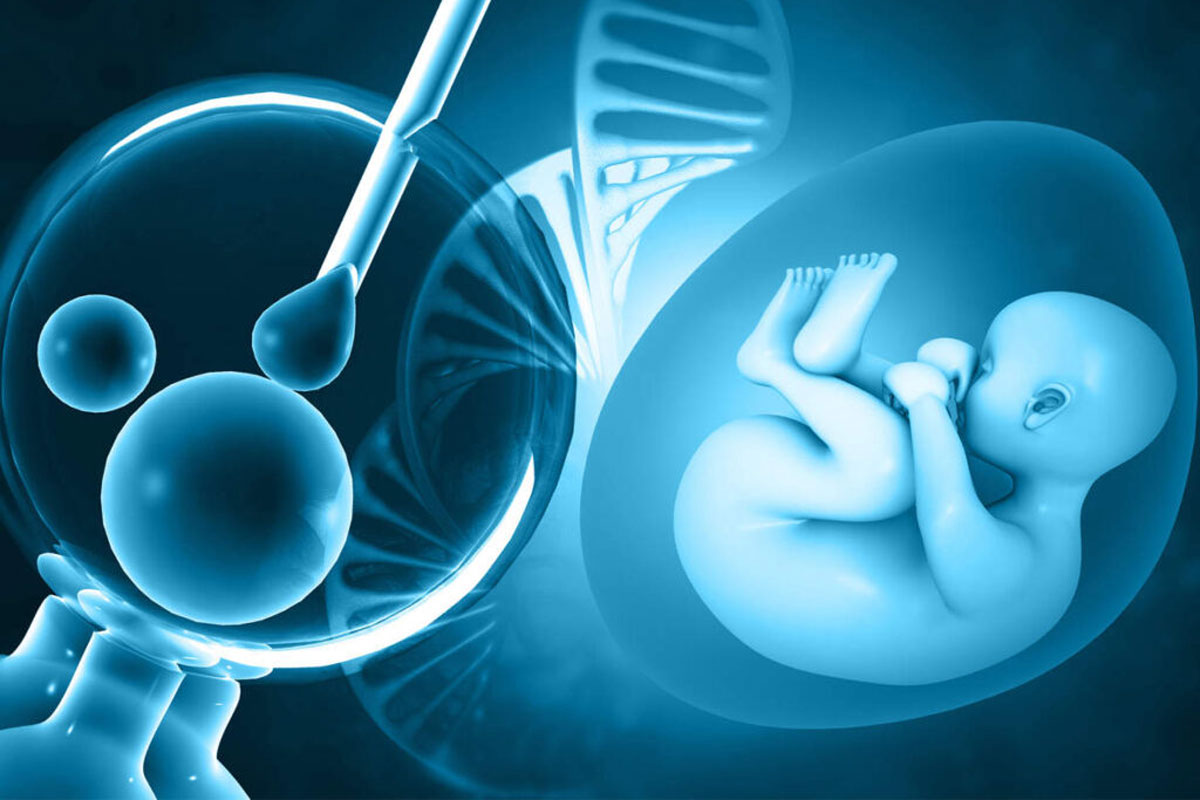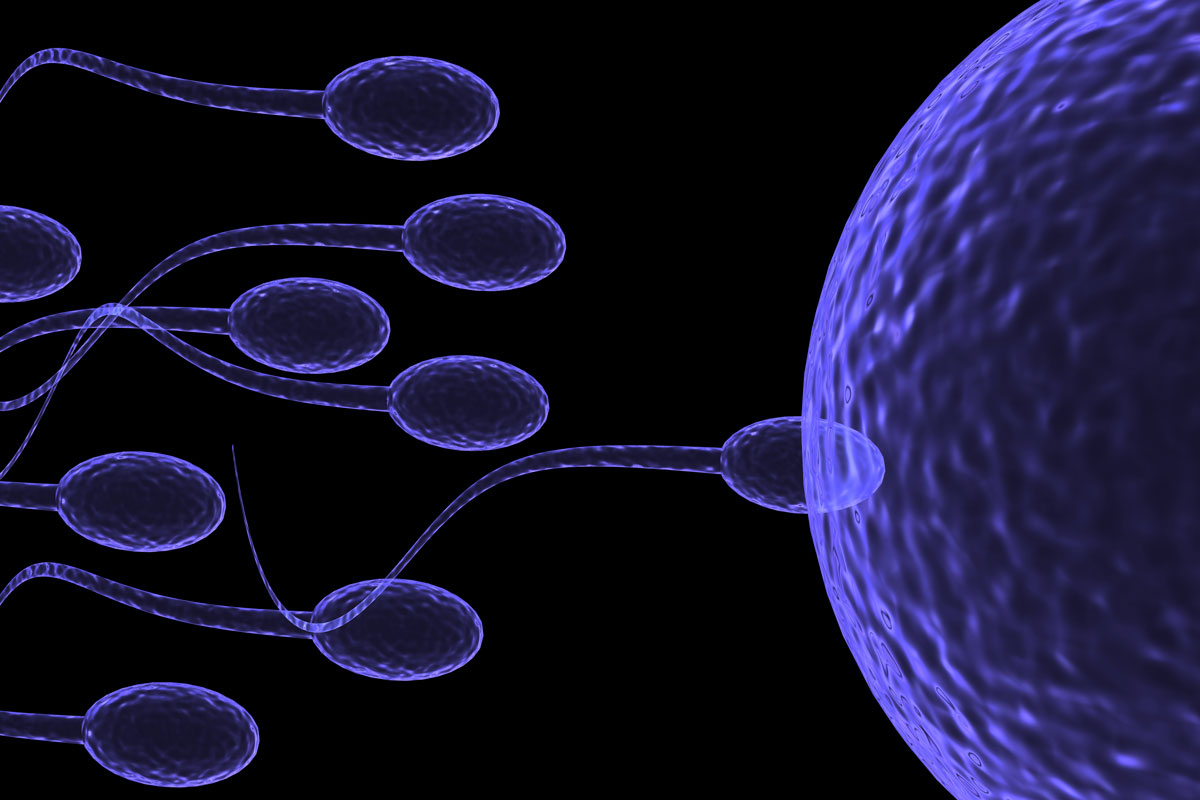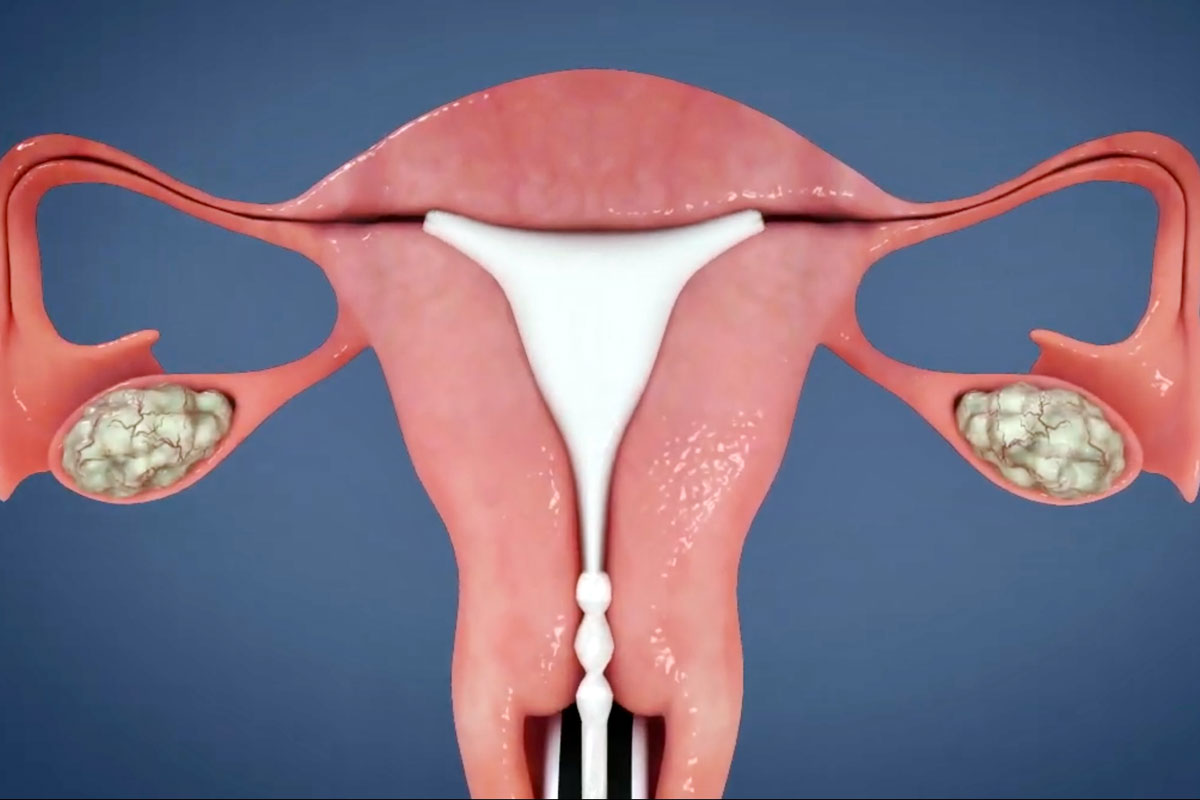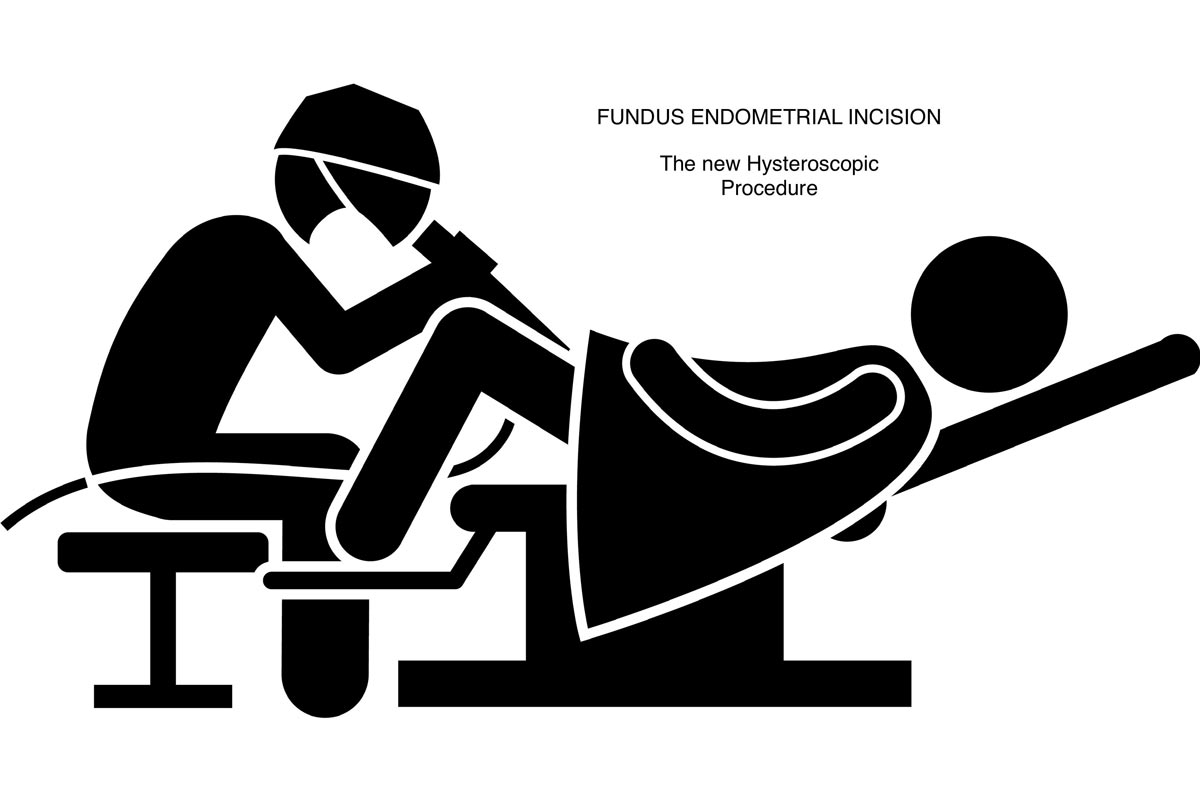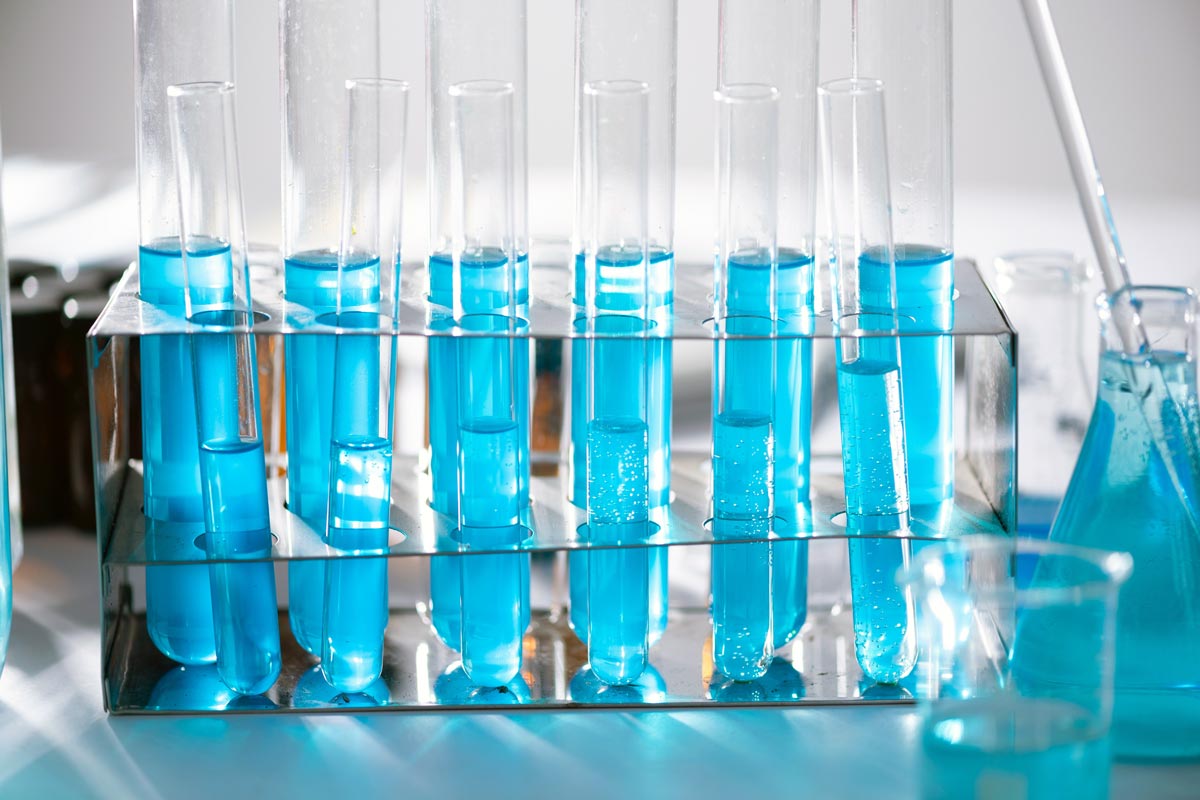Translocations
It is estimated that 1 in 625 individuals in the general population carry a balanced chromosomal translocation. Other chromosomal translocations may occur more frequently in the general population. Individuals that carry a balanced chromosomal translocation contain all of their genetic information; however, pieces of some chromosomes have switched places. Individuals that carry chromosomal translocations are typically healthy; however they are at an increased risk for infertility, miscarriage, stillbirth, and/or having a child with birth defects.
Preimplantation genetic testing for chromosomal translocations is able to distinguish between chromosomally normal and abnormal embryos. Currently, this is the only way to determine whether the embryo is chromosomally normal or "balanced", prior to pregnancy.
PGD can allow the laboratory to select for those embryos that are known to be either "balanced" or normal, thus avoiding achieving a pregnancy with an unbalanced set of chromosomes. Many couples in which one member is a translocation carrier have experienced miscarriages or have had to face difficult decisions when learning about a pregnancy with an "unbalanced" result. PGD can reduce the likelihood of couples having to deal with these particular circumstances by knowing prior to conception that the embryo(s) being transferred are not unbalanced for the translocation.
How is the testing performed?
There are two basic types of preimplantation diagnosis-polar body analysis and embryo analysis. Both types of testing have advantages and limitations. Polar body testing focuses on the maternal contribution, and is an earlier method of testing. Generally, polar body testing is performed only in cases where the female partner of the couple carries a chromosome rearrangement. However, it is frequently necessary to do confirmatory testing on the embryos in the case of a maternal chromosome rearrangement. Embryo testing accounts for both maternal and paternal genetic contributions but occurs later. Therefore, this testing is performed in cases of the male partner having a chromosome rearrangement. In some instances, testing for a female translocation may be limited to embryo testing as well (usually to accommodate the couple).
Polar bodies are the by¬products of the egg's division. As an egg matures, it goes through a two-step division process, dividing once at the time when ovulation would occur and again at the time of fertilization. The two polar bodies are the products of this division which are essentially being discarded by the egg (oocyte). By analyzing the polar bodies, it is possible to infer the genetic status of the oocyte. When testing for a translocation, it is critical to have information from both polar bodies to get a clear picture of the chromosome make-up of the oocyte.
When an embryo becomes a 6-10 celled mass (approximately 3 days after egg retrieval), it becomes possible to directly test the embryo through removal of a single cell. Removal of this cell is usually not detrimental to the embryo, as all the cells are equivalent and no cell differentiation has occurred. The cell that is removed may then be analyzed to determine directly the genetic status of the embryo. Following embryo biopsy, a special technology is utilized (conversion) which allows our laboratory to see the whole chromosomes in a fashion similar to how blood samples are analyzed for chromosome studies.
F.I.S.H. (fluorescent in-situ hybridization) is technology that allows the laboratory to determine the presence or absence of particular chromosomes or chromosome segments. Probes labeled with fluorescent signals are used to identify certain chromosome segments and the probes light up, or fluoresce, in the presence of that chromosome region. Different colors are used to identify different chromosomes. The laboratory will require a blood sample from the individual who carries the chromosome rearrangement so that a specific system of probes can be designed for that specific rearrangement. Once a system of probes has been created for the family, the laboratory tests it on the blood sample to assure that the signals are clear and all pieces can be identified in a single cell setting.
What is nuclear conversion?
Nuclear conversion is a new technology that enables us to better visualize the chromosomes in the 2nd polar body and in the blastomere cells (embryo cells). This technique is typically used for couples with a history of chromosomal translocations or inversions. For these individuals, we are able to distinguish between eggs or embryos that have a balanced translocation, like their parent, from embryos that have an unbalanced chromosomal translocation. Therefore, we can distinguish between chromosomally normal, balanced and unbalanced embryos. Hopefully, this will increase the number of embryos that may be recommended for transfer, leading to the birth of a healthy child.

